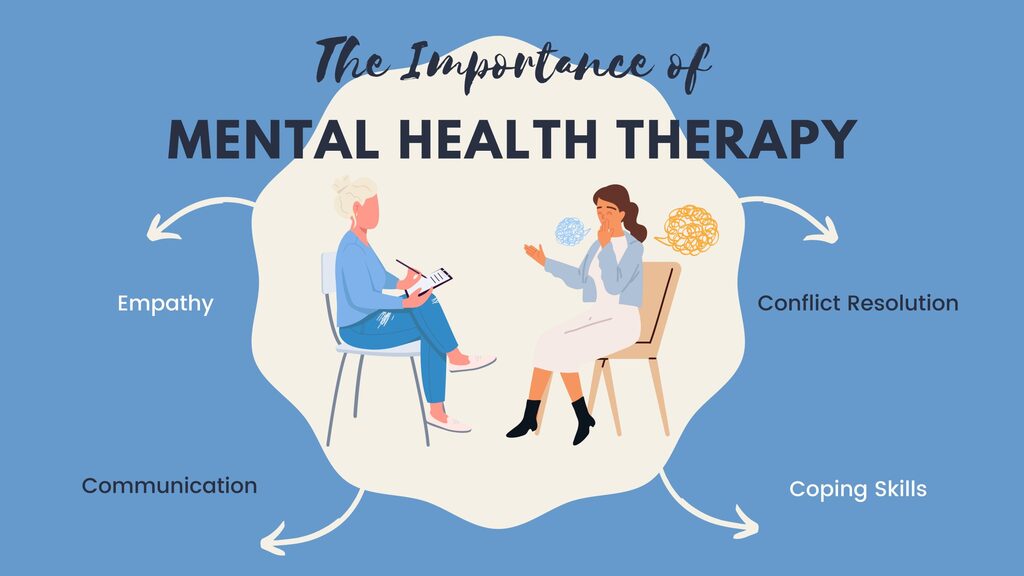While there are some possible drawbacks, a combination of on-location work combined with remote work allows employees to be more productive while also promoting a more balanced lifestyle.
Since the COVID-19 pandemic in 2020 forced everyone to stay inside and out of the office, remote work has become a more available option to workers. A study by LinkedIn’s Global State of Remote and Hybrid Work study found that in April of 2022, the share of job postings that offered remote work reached 20.3%. This is a stark contrast to the 3% to 5% estimate before the pandemic.
As employees have been moved out of the office and into their homes, moving workers to full-time remote work would be a mistake. A study by Stanford University in January found that fully remote workers are around 10% less productive than their other coworkers. Remote work can serve a purpose, but it should not be the standard for the future.
Working completely remote has several drawbacks that cause it to be less productive than other methods. Communication is essential in nearly all jobs, and it takes a severe hit when everyone is remote.
Despite things such as video chats, they simply do not replace the benefits of meeting face to face. Online communication causes more distractions and confusion due to the inability to read things like body language and social cues. We also all learned during the pandemic when we were forced to do school or work completely online, technology isn’t always reliable and it was never quite the same as meeting in-person.
While I was in my senior year of high school during the pandemic, we were forced to go fully remote for the first portion of the year. While we were able to get some things done, it didn’t come close to the learning experience in the classroom. The same disconnect that many felt during the pandemic continues to exist for those who work fully remote, as it hinders communication and productivity.
While working completely remote has been shown to lower productivity, there are benefits to a mix of both on-location and remote work for both employers and employees. The previously mentioned Stanford study also found that hybrid working had no significant impact on productivity and also helped employee recruitment and retention.
This gives workers greater flexibility, which many people became accustomed to during the pandemic, while also allowing them to remain as productive as if they were in an office every day.
Hybrid work allows workers to live a healthier lifestyle as it creates a better balance between work and home life. Workers save time commuting from work on days they aren’t in the office, which allows them to spend more time with their families. It also helps build a stronger community between employees and their employers as they feel more connected and retain flexibility, while also building relationships with their colleagues.
This also promotes a healthier work environment as a hybrid work method makes workers happier to be a part of their respective companies and reduces negative work relationships. When negative relationships do come up, the hybrid method also allows workers to work through it during their time at home.
The hybrid approach simply allows workers and employers to find the middle ground between productivity, a healthy lifestyle and flexibility. It also reduces the drawbacks that come from both fully remote and on-location work, such as productivity and a balance between work and the rest of life.




